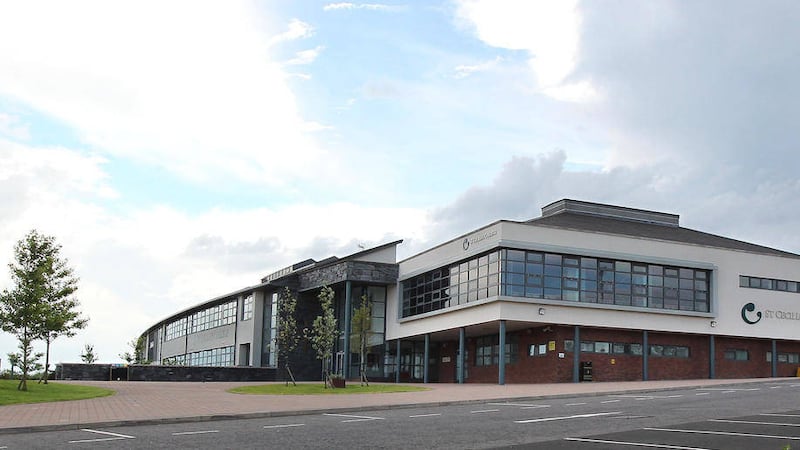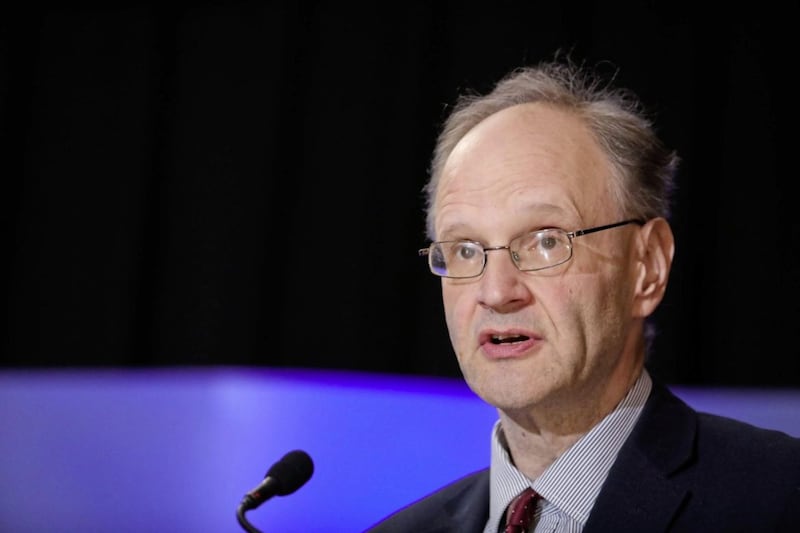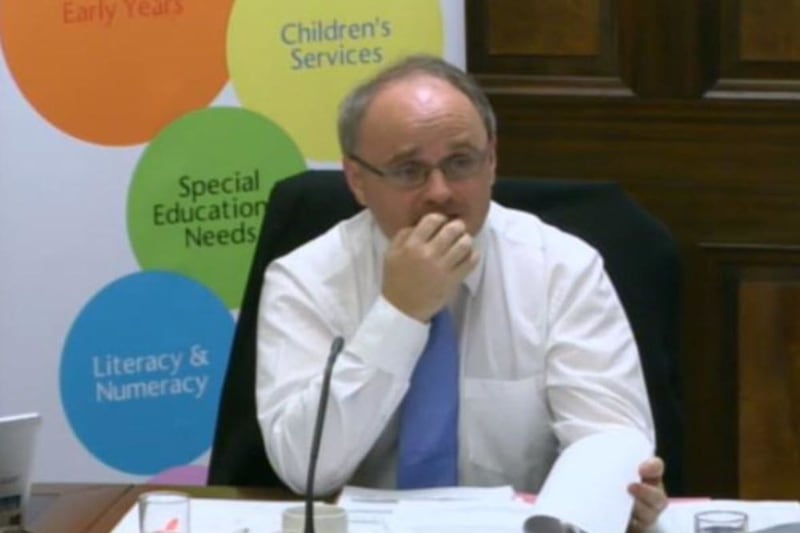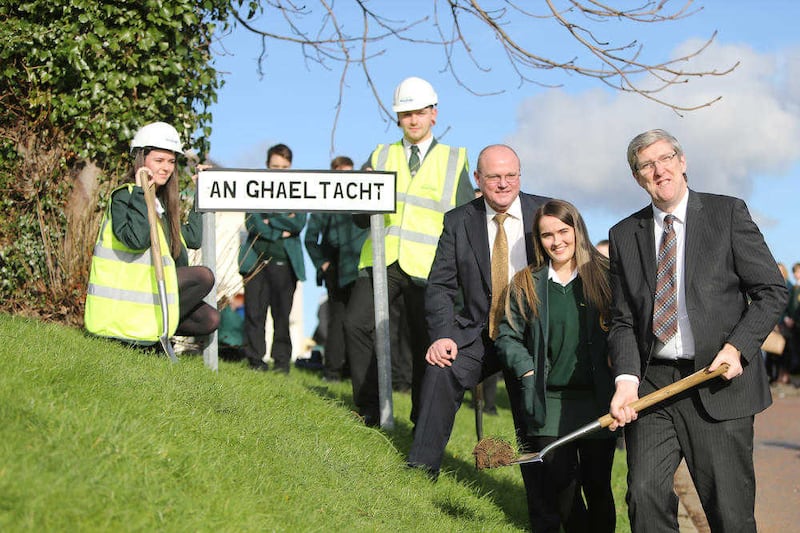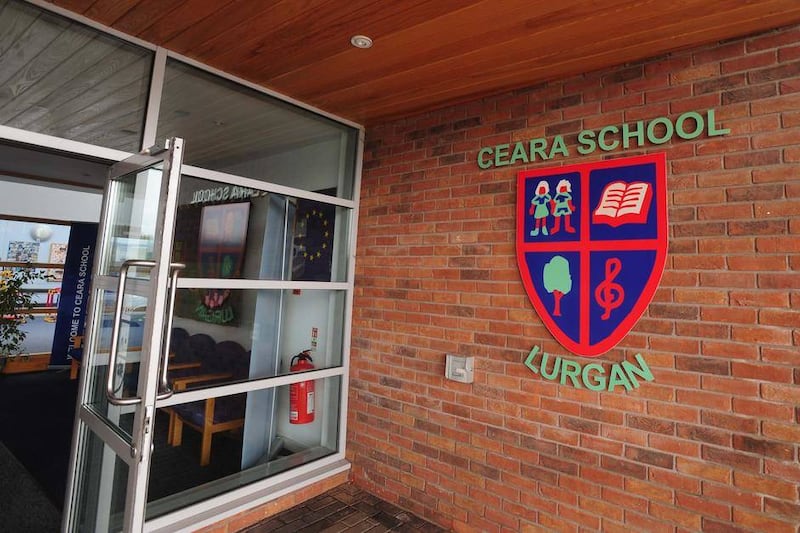TAXPAYERS face a staggering £1.5 billion bill for a string of new schools - more than four times the cost of the buildings themselves.
Figures obtained by the Irish News reveal the true cost of PFI and PPP school building schemes, once popular in the north.
Over a 10 year period, 20 schools received new buildings through PFI/PPP schemes - the initial capital cost was a combined £374 million.
The estimated total repayment, when interest is taken into account, will be greater than £1.5bn.
The mortgage-style nature of the various deals means the money will not be paid back entirely for another 25 years. In one instance, a project will end up costing almost seven times more than the initial capital price of the building scheme.
The Department of Education has now effectively abandoned PFI/PPP admitting that it does not offer the best value for money.
Private finance initiatives (PFI) and public-private partnerships (PPP) are very similar and the terms are often used interchangeably. Between 2000 and 2010, there were nine separate PFI/PPP schemes involving new buildings for 20 schools.
PFI deals were introduced by the direct rule Conservative government in 1992 and became more widespread in the north under Labour after 1997 because they allowed ministers to secure large sums to invest in popular projects without paying any money up front.
Government turned to PFI against a backdrop of a substantial capital and maintenance backlog and limited budgets to tackle the massive waiting list of schools in need of renovation or new buildings and the projects were later taken on by the devolved Executive.
Typically, each project involved large scale school buildings. These projects were put out to tender with bids invited from building firms and developers who would then put in the investment, build the new schools and then lease them back.
The lease arrangements for PFI projects were long term, ranging from 25 to 30 years.
A unitary payment is paid to the operator throughout the length of the PFI/PPP contract. This covers the cost of building the school, interest charges as well as fees for the facilities management and building maintenance services provided by the operator over the lifetime of the contract. The level of services contracted varies across the contracts.
St Genevieve's High School in west Belfast opened its new building in 2002. The initial cost was £11.5m, however, when the final payment is made in 2027 a total of £73.6m will have been paid back.
A separate £17.7m scheme in 2002 saw two Belfast schools receive new builds - Wellington College and Balmoral High School, which later shut down. Again, the final payments will be made by 2027, however the estimated total repayment in this instance will be £29.5m.
The Derry Diocese PPP Project involved separate £22.5m buildings for both St Cecilia's and St Mary's. The final unitary payment will be made in 2035 by which stage, £184.6m will have been paid back.
The Department of Education has explained why it no longer uses PPP.
"Government policy does not favour any particular form of procurement but recommends selection of the procurement option that offers the best value for money (VFM)," a spokesman said.
"The financial crisis has had a substantial negative impact upon PFI markets in the last three or four years meaning that the cost of private finance has risen dramatically relative to conventional public finance. This makes a huge difference to the cost of a PFI deal over the life of a project and consequently it is currently very difficult for PFI and other forms of PPP to demonstrate VFM when compared to conventional public finance.
"The result has been that the number of major PFI projects approved in the past three or four years has fallen dramatically and there are virtually no new cases coming forward from departments."
Sean Rogers of the SDLP, a member of both the education and public accounts committee at Stormont, said the figures were very worrying and worthy of further investigation.
"Are we literally paying a very high price for the PPP/PFI projects? I don't know the details but I would assume it is a mortgage style repayment system, any mortgage holder would be attempting to re-negotiate their deal. I don't understand why the department is not doing the same to ensure value for money," he said.
"With the size of the loans, one would expect the interest rates to be competitive, but there's nothing competitive about paying back six times what you borrow."
Mr Rogers said the figures raised further questions.
"Is this crippling our education budget allocation currently? Is this a reason why many of the promised new builds are not happening? Is this the reason why it appears that educational provision is resource driven rather than been 'child centred'?" he asked.
"A 10 per cent saving on a billion payback being strategically redirected to front line services could make such a difference to front line services. The department has many questions to answer."
*******
The ill-fated Balmoral High School is often cited as an example of how PFI can be risky.
The school received a multi-million pound new building in 2002 but was shut down just five years later due to falling enrolments.
Formed in 1996 through the merger of Larkfield and Deramore high schools, Balmoral was the subject of one of the north's first PFI projects. It received a new building in south Belfast as part of a £17 million scheme that included new accommodation for Wellington College and a training unit for teachers.
The amalgamation itself was considered odd. While the old Larkfield school was situated on Black's Road, Deramore was almost five miles away, across the city on Annadale Embankment. Typically amalgamations involve neighbouring schools.
Even before the new building opened, pupil numbers were in decline and it continued to attract pupils in large enough numbers to remain viable.
When it shut in 2007, BELB faced the prospect of having to pay for an empty building. Under the terms of the PFI contract, BELB was unable to sell the site, and it lay empty for two years.
St Colm's in Twinbrook toyed briefly with the idea of moving the short distance to the disused site, due to concerns about its own accommodation.
In 2009 the site became the temporary home of St Colman's PS in Lambeg while it waited for work to finish on its own new building.
It only found a new permanent tenant last year when St Gerard's Educational Resource Centre, a school for pupils with moderate and complex learning difficulties, moved in.
Ahead of the move, the department invested £3.1m to refurbish and adapt the accommodation to meet the needs of St Gerard's.
